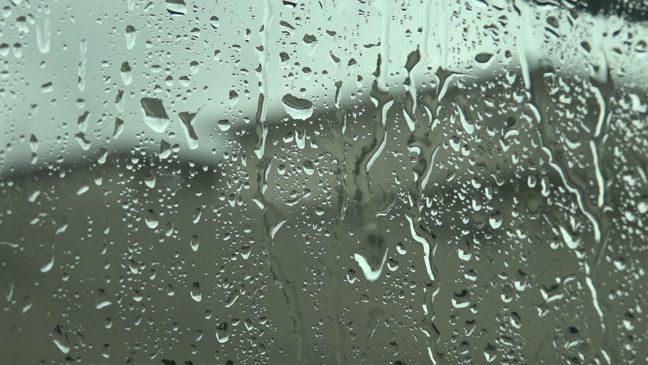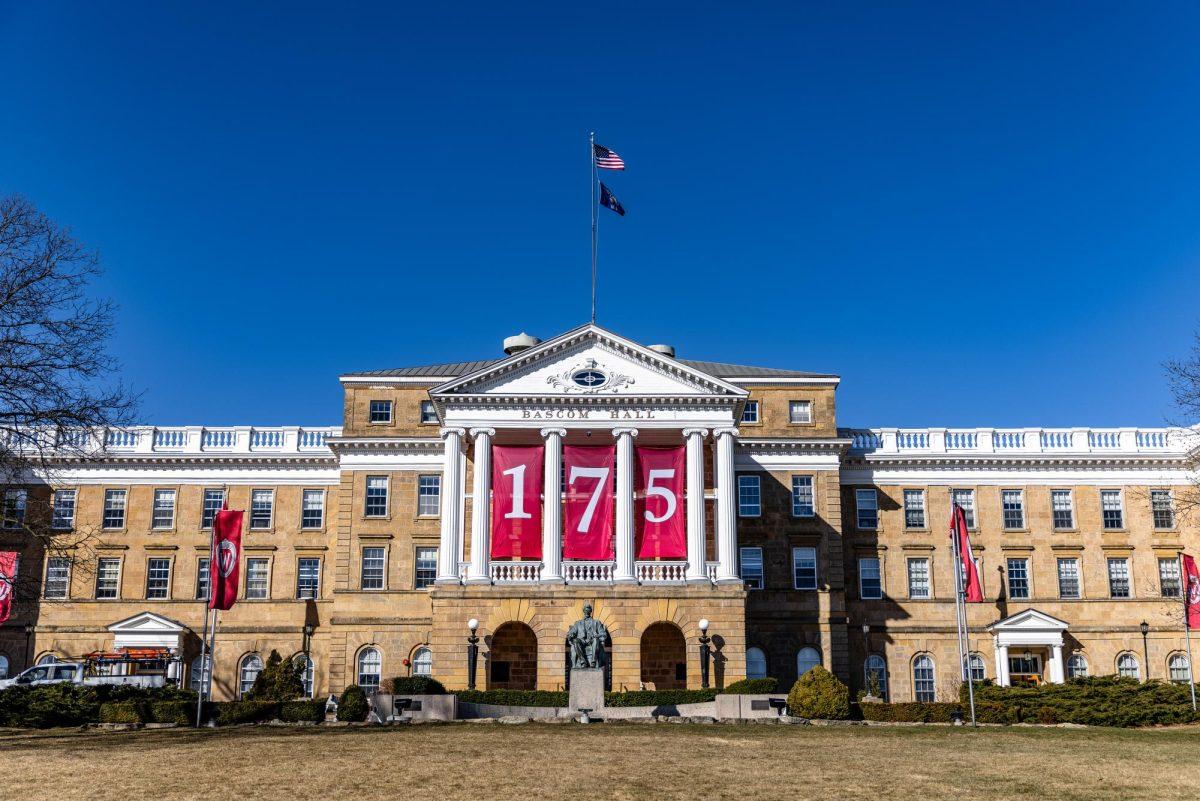Turns out birds do care where they build their nests, according to researchers at the University of Wisconsin who utilized survey data on bird species and land usage.
Bio-ethanol is the same type of alcohol found in liquor and can be extracted from a variety of feed stock, UW graduate student Hannah Gaines said. However, an expansion of the amount of bio-fuel crops could have a major impact on the bird population of the Upper Midwest, UW researcher Claudio Gratton said in a statement.
Dave Sample, a researcher at the Department of Energy, conducted a study that calculated the changes in the number of bird species after a widespread planting of crops in their domain. The experiments focused on two types of bio-energy plants in the Midwest: Corn and switch grass, Gaines said.
To examine the bird populations, researchers relied on the annual bird breeding survey that documents sightings of every avian species in the area according to the Wisconsin Bioenergy Initiative web site.
“Foliage diversity affects the amount of animal diversity in the area,” Gaines said. “So it is no wonder that land covered with rows upon rows of the same plant is not going to be beneficial for the animal species that live in the area.”
Bio-energy crops leech a large amount of carbon into the soil, which results in less oxygen being given off by those plants. This decrease in oxygen expiration only adds to the issue of global warming, Gaines said. Excess crops also need to be sprayed with toxic pesticides and fertilizer on the land, which is then picked up by birds, Gaines said.
The Wisconsin Bioenergy Initiative revealed bird species have been reduced up to 65 percent in some areas of the Upper Midwest due to the cultivation of almost 23 million acres of corn and prairie grass in the region.
The increase of single plant crops will lead to fewer bird species in the area, Gaines said.
To prevent this from happening, the power lies in the farmers to determine if they are going to grow crops for food or fuel, according to the Wisconsin Bioenergy Initiative website.

















